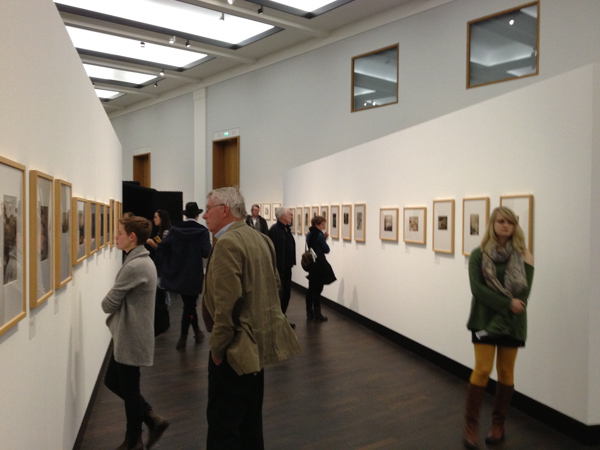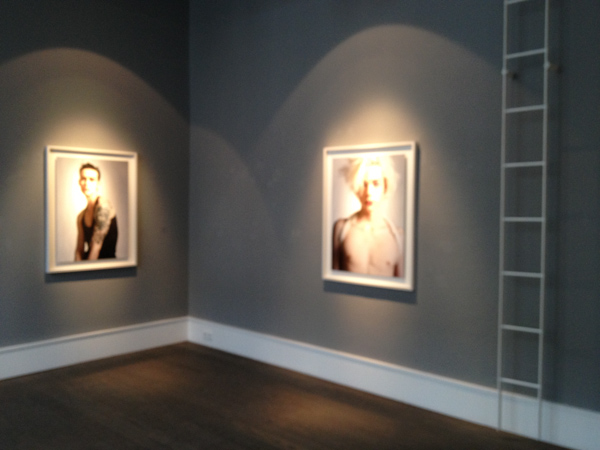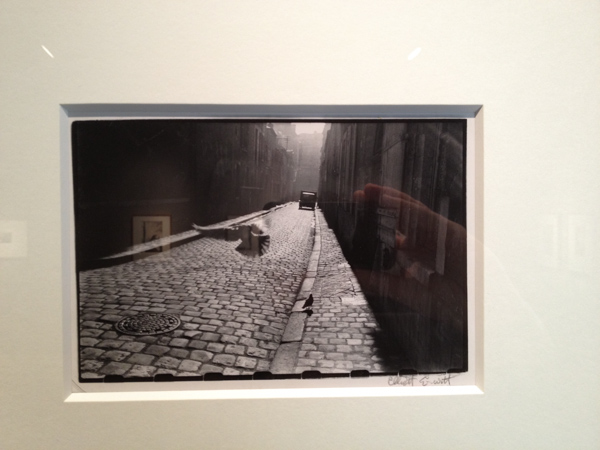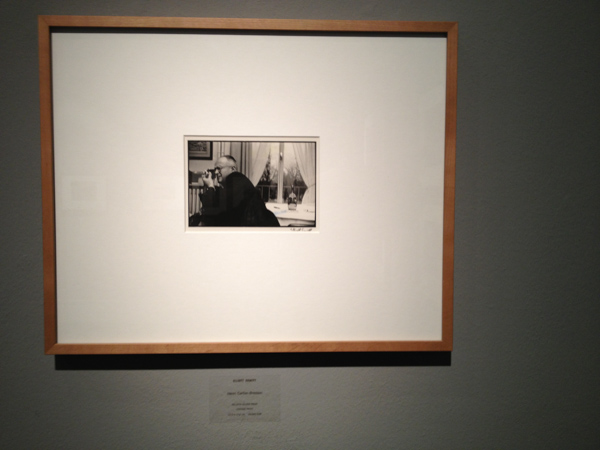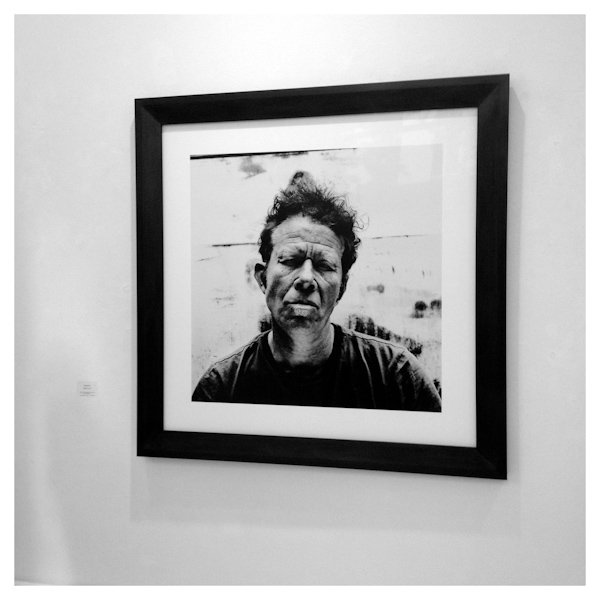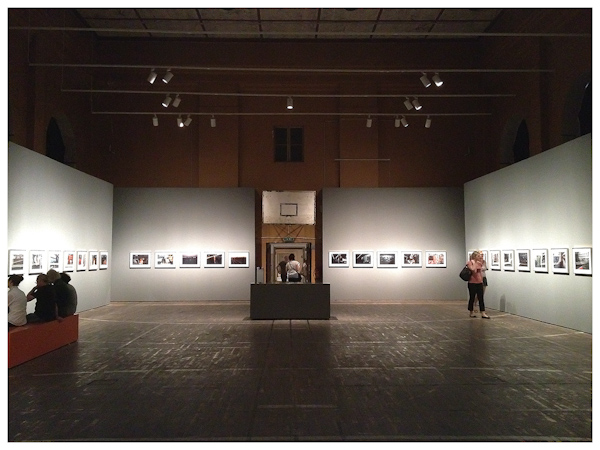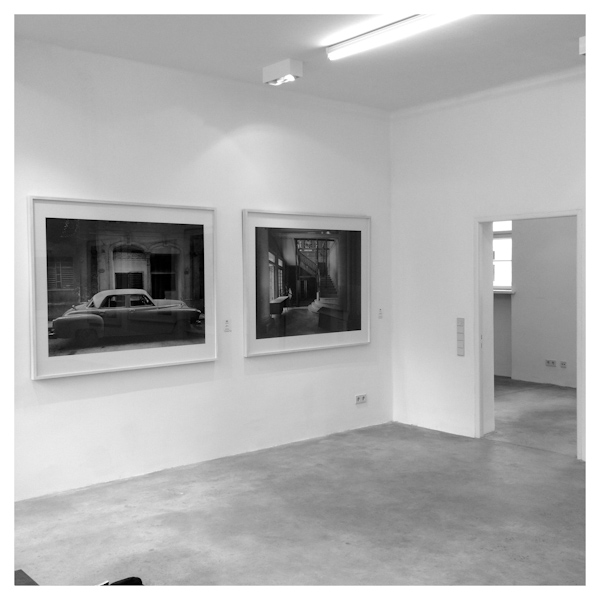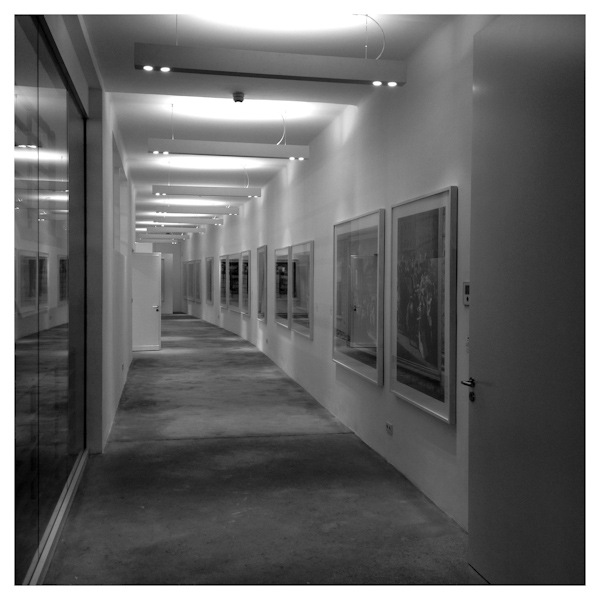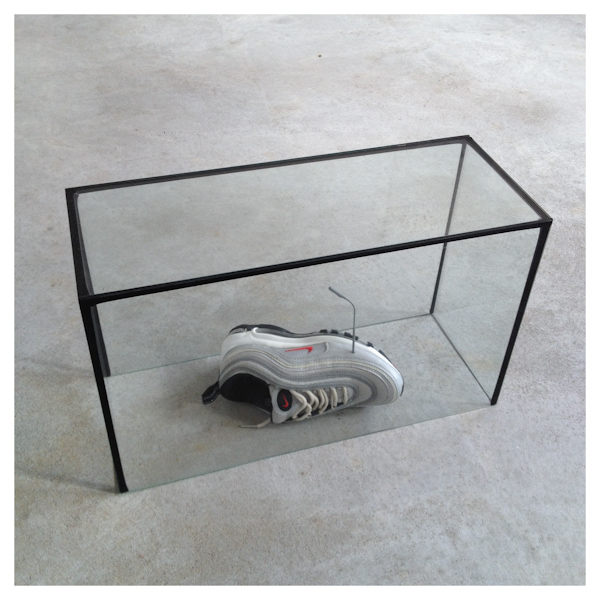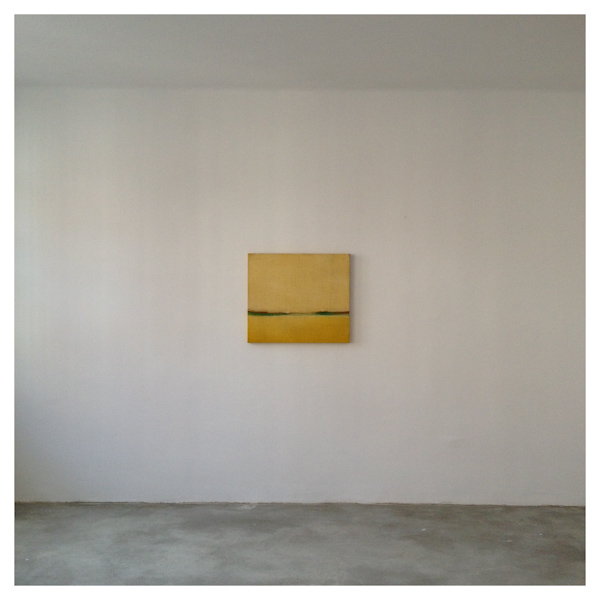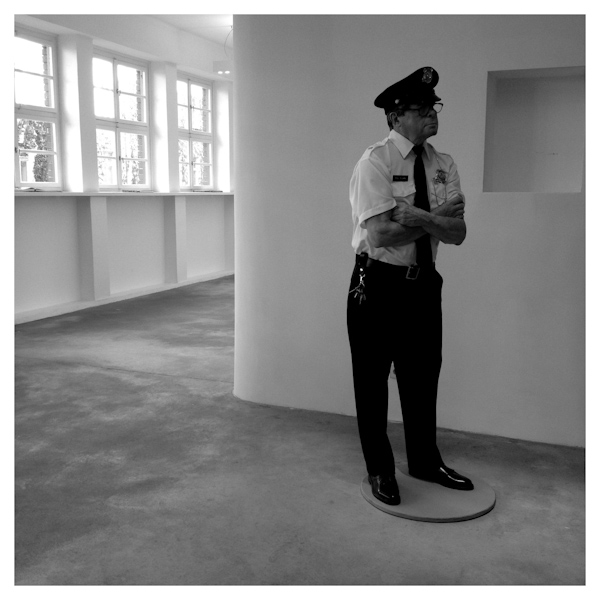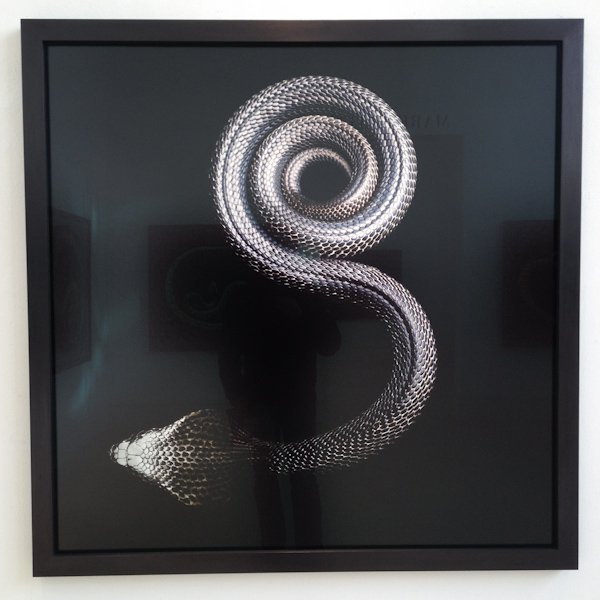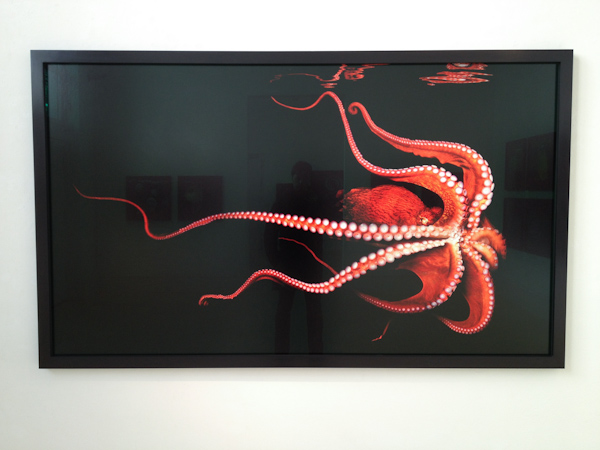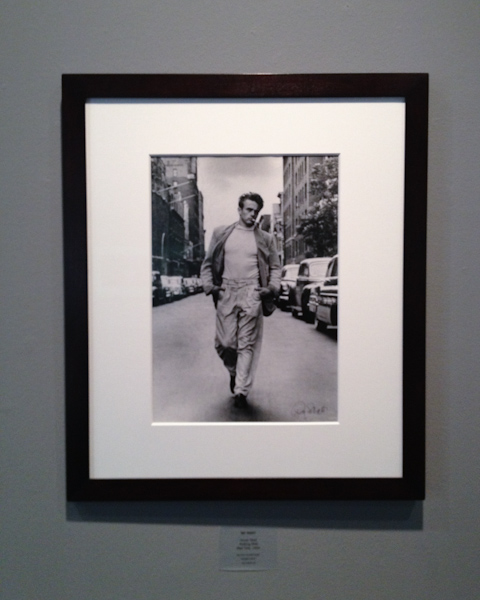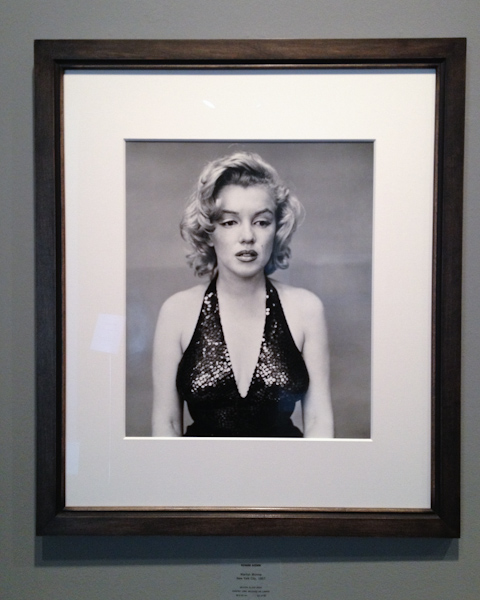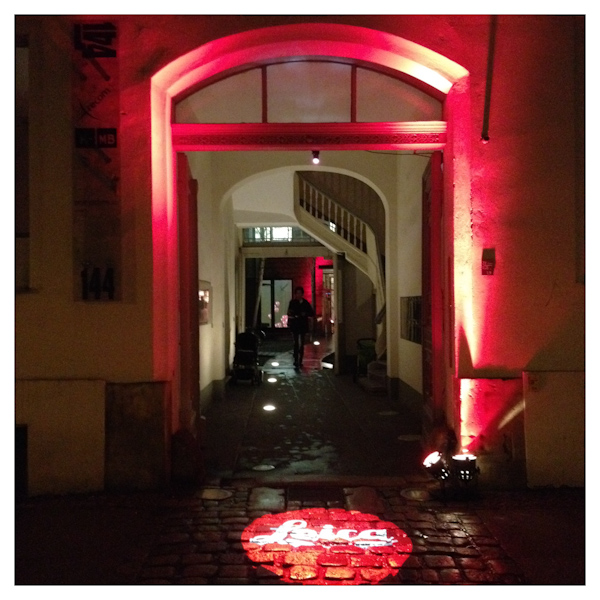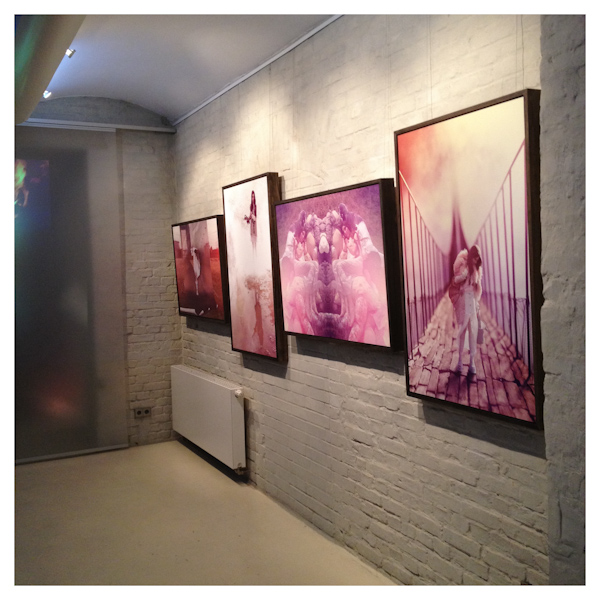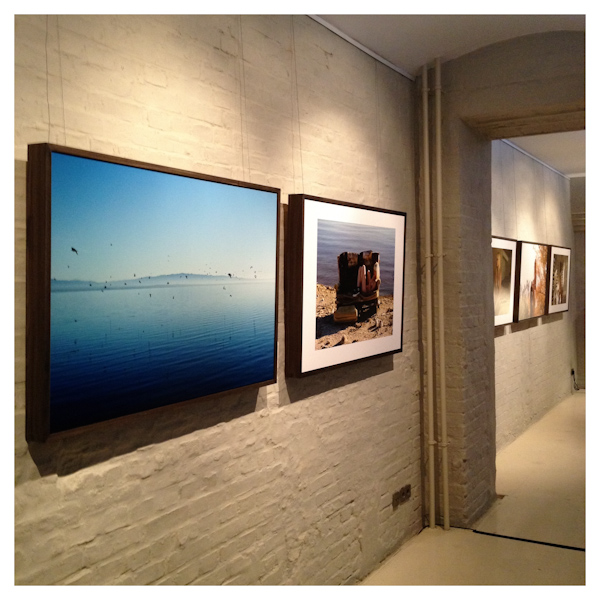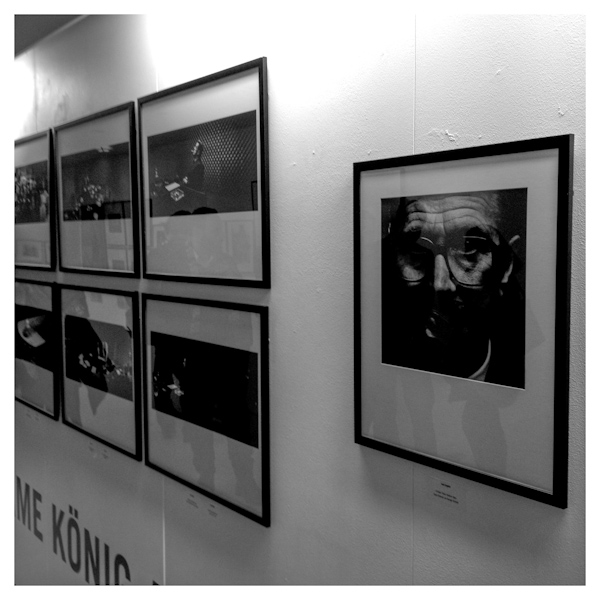| Photo Blog 2013 |
2007 - jan/feb mar/apr may/jun jul/aug sep/oct nov/dec 2008 - jan/feb mar/apr may/jun jul/aug sep/oct nov/dec 2009 - jan/feb mar/apr may/jun jul/aug sep/oct nov/dec 2010 - jan/feb mar/apr may/jun jul/aug sep/oct nov/dec 2011 - jan/feb mar/apr may/jun jul/aug sep/oct nov/dec |
Disassembling Mamiya RZ67 Polaroid back for cleaning - 13 April 2013 [ prev ]
I bought a Polaroid back for my RZ67, but it arrived filthy. At some point in the past it seems that a Polaroid had leaked chemicals, and no one ever tried to clean it. So, I spent two hours cleaning it and figuring out how to take it apart, and thought I would pass it on. Perhaps this is also useful for other brands of medium format Polaroid back:
Here is the back:
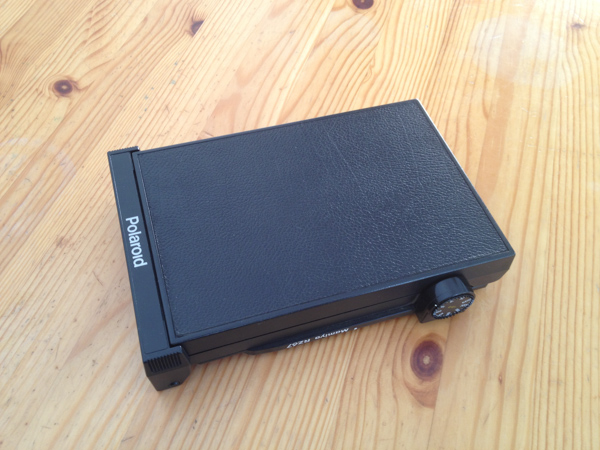
Open the locking flap:

Open the back (I tipped it down on its back here to get a better look at the roller assembly):

Lift up the centre of the roller assembly, being careful to disengage the plastic lock:
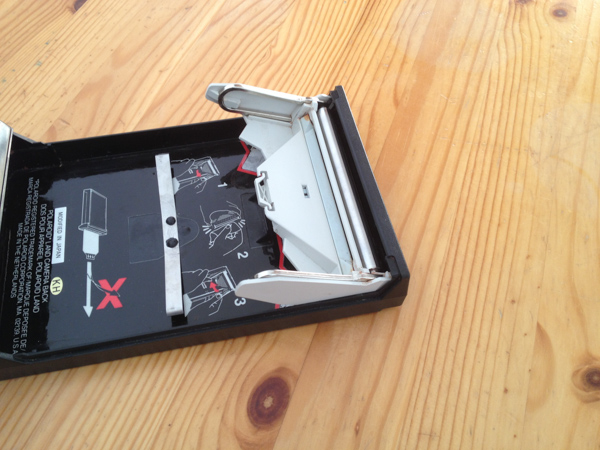
Here is the assembly:
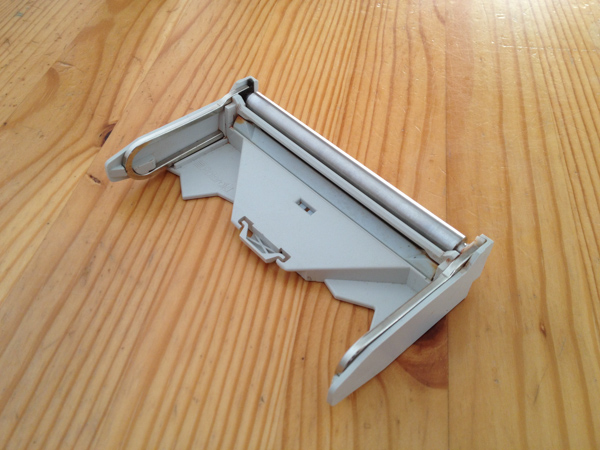
On the side are two metal guides. Carefully push back the plastic inside the loop, and pull back the metal bracket:

Then pull it out completely, and the one on the other side too:
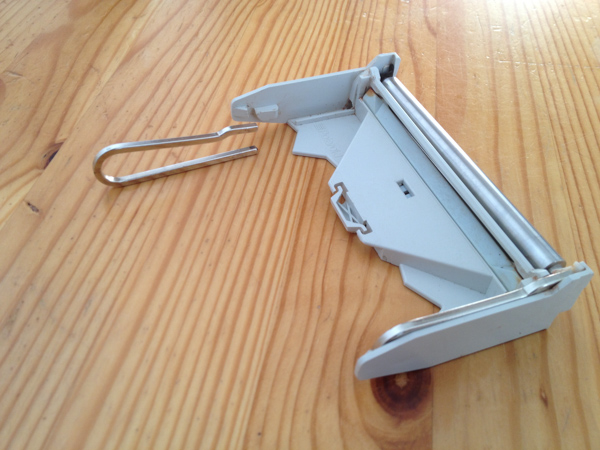
At this point the rollers and two small plastic pieces can fall out, but I held them in. Here is a look at the black plastic end, which just slides out at this point:
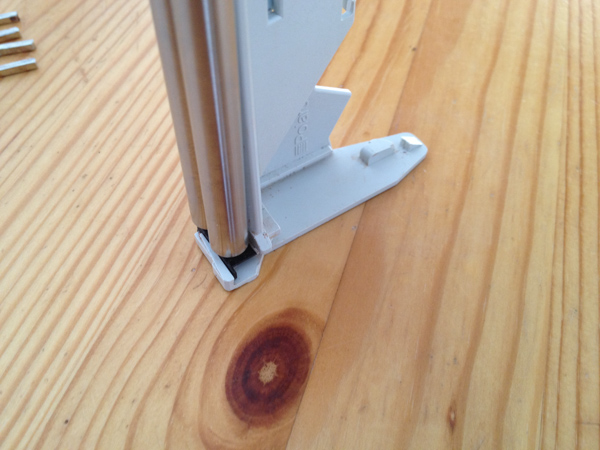
Here I have slid the white end out, and you can see how the rollers sit in it. The one roller is only half surrounded by the white plastic bit. The metal bracket closes the other side:

Here is the entire assembly broken down:
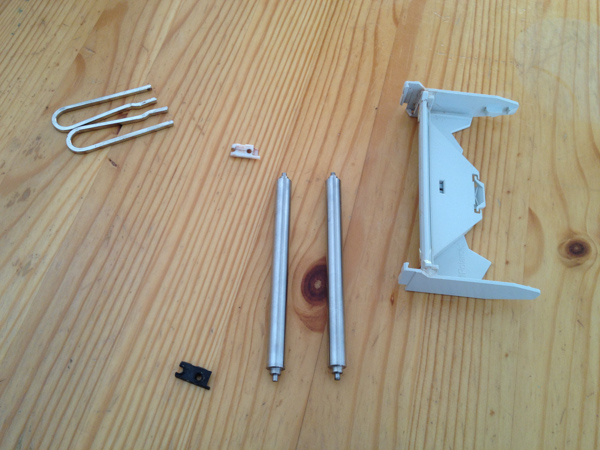
Except that there is a plastic flap, which can be removed by pushing together the two plastic tabs in the centre, seen here from above, with the spring there as well. I didn't find it necessary to pull it out to clean it, and it looks fragile, but it can be removed.

Before I put it back together, I used a very tiny little bit of silicon lube on the roller ends.



